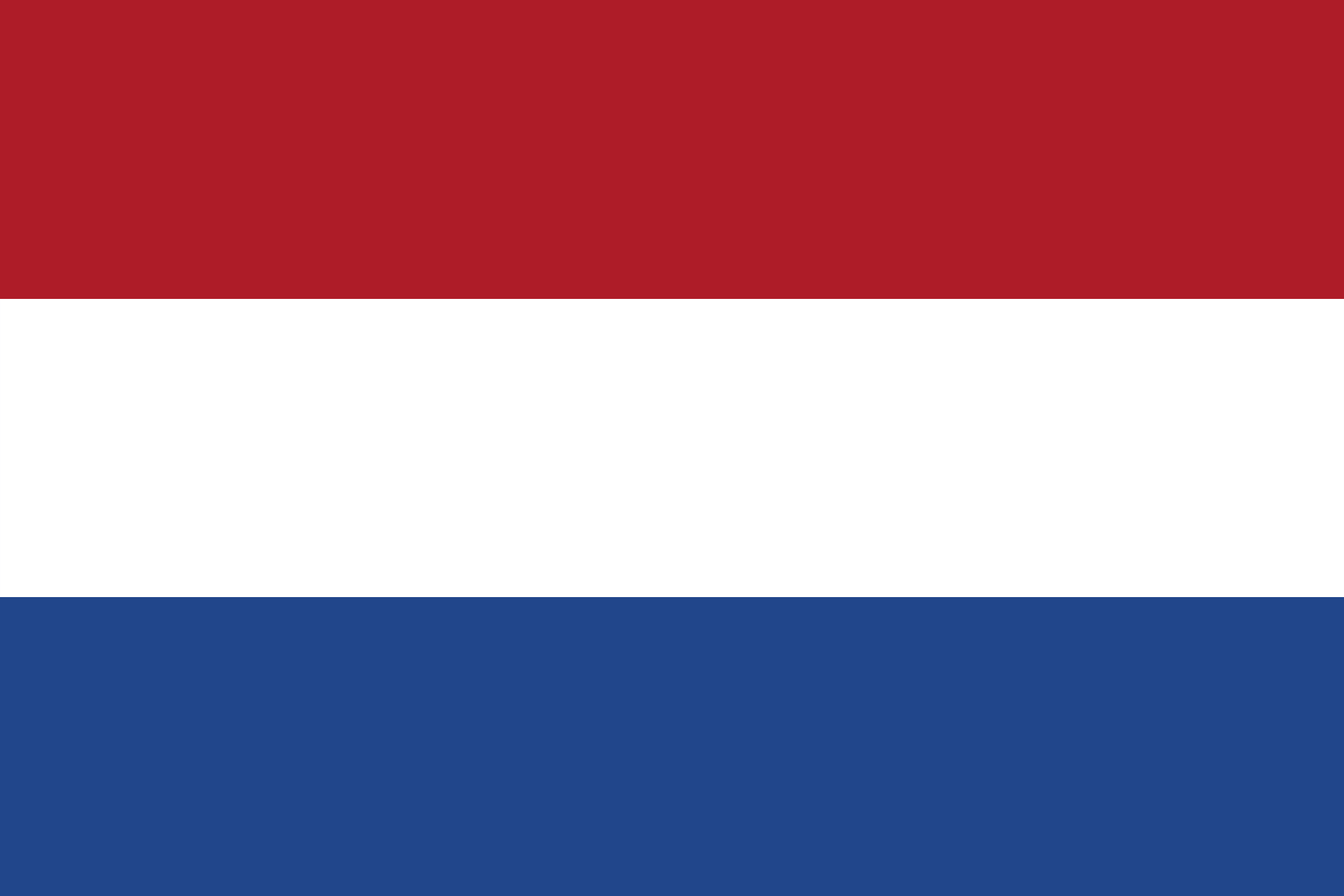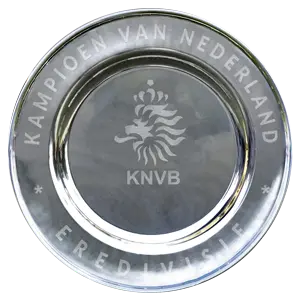Abe Lenstra
Abe Lenstra is one of the best players in Dutch history, a forgotten football legend who never won a single trophy despite individual statistics that would make the greatest strikers in history pale in comparison.

Games
Goals
Assists
Trophy
1936/55 VV Heerenveen (HOL) 450 matches, 531 goals
1955/60 SC Enschede (HOL) 142 matches, 93 goals
1960/63 Enschedese Boys (HOL) 96 matches, 46 goals
1963/64 De Tubanters (HOL) 16 matches, 10 goals
With the National Team :
47 caps, 33 goals
(Friendly matches: 43 caps, 30 goals)
(World Cup qualifiers: 2 caps, 3 goals)
(Olympic Games: 2 caps)
1st cap: March 31, 1940 against Luxembourg (4-5)
Last cap: April 19, 1959 against Belgium (2-2)
unofficial: 31 caps, 21 goals
regional cap: 26 caps, 21 goals
Veterans: 14 caps, 8 goals

Abe Minderts Lenstra
Born on November 27, 1920 in Heerenveen (HOL)
Died on September 2, 1985 in Heerenveen (HOL)
Dutch, Left-Winger/Left-Midfielder/Striker
Nickname: "Ús Abe"
A football genius
Born on November 27, 1920 in Heerenveen, he was a young boy with superb speed. Very gifted technically, he was talented and creative, capable of making his teammates play. He was also a formidable player when it came to heading and his precise and powerful ball strike.
He was called a leader, a casual leader who was often nonchalant on the field. He was simply a gifted person, because he also excelled in other sports such as athletics, tennis and chess, but it was ultimately football that he would choose.
A legend of the Dutch championship
He began his career at the age of 15 in 1936 with the VV Heerenveen club during a tournament that the club organized. For his first match, against the Gorredijk team, Lenstra scored a goal that would be described as "wonderful".
As early as 1940, more precisely on March 31, he participated in his first match with the national selection of the Netherlands. All this, when he was only 19 years old. It was a match against Luxembourg that ended in a 5-4 defeat with a goal from Lenstra all the same.
Gifted with both feet, he ran the 100m in 10 seconds 9. Attached to his hometown of Heerenven, the player refused the many offers from the biggest foreign clubs. Among them were Huddersfield, AC Milan, Fiorentina, Nîmes and Nice. With the Heerenven club, he managed to secure second place in the championship in 1947 and 1948. During the 1947 season, he also finished top scorer in the Dutch championship with 47 goals scored. In total, he scored 531 goals in 450 matches for Heerenven in official matches.
One of the longest longevities in football history
In 1955, he joined the SC Enschede club where he stayed until 1960, the time to secure second place in the championship in 1958. With his new club, he scored 93 goals in 142 matches while playing at the club between the ages of 35 and 40. In 1960, he decided to extend his adventure in the world of football by signing for the Enschedese Boys club and then in 1963 to join his last club, De Tubanters for a final season. In 1964, he decided to retire at the age of 44 after a season with 10 goals in 16 games.
For his international career, Abe Lenstra was able to shine in a limited selection. In total, he scored 33 goals in 47 games between 1940 and 1959. Unfortunately for him, he did not participate in any major international competition, with the exception of the 1948 London Olympics where he was eliminated in the 8th finals by Great Britain. With the Dutch team, he formed one of the most legendary trios in the country with Faas Wilkes and Kees Rijvers who would be called "Het Gouden Binnentrio". With 19 years of international career, this renowned player holds the record for the longest career in the Oranje jersey. Plunged into oblivion since then, he remains an emblematic player in Holland. As proof, the SC Heerenveen stadium bears his name: the Abe Lenstra Stadion.
Trophies :

Vice-Champion Eredivisie x3
- 1946 (SC Heerenveen)
- 1947 (SC Heerenveen)
- 1958 (SC Enschede)
Individual Trophies :
- Top scorer in the Dutch championship in 1947 (46 goals) and 1948 (SC Heerenveen)
- Voted Dutch sportsman of the year in 1951 and 1952